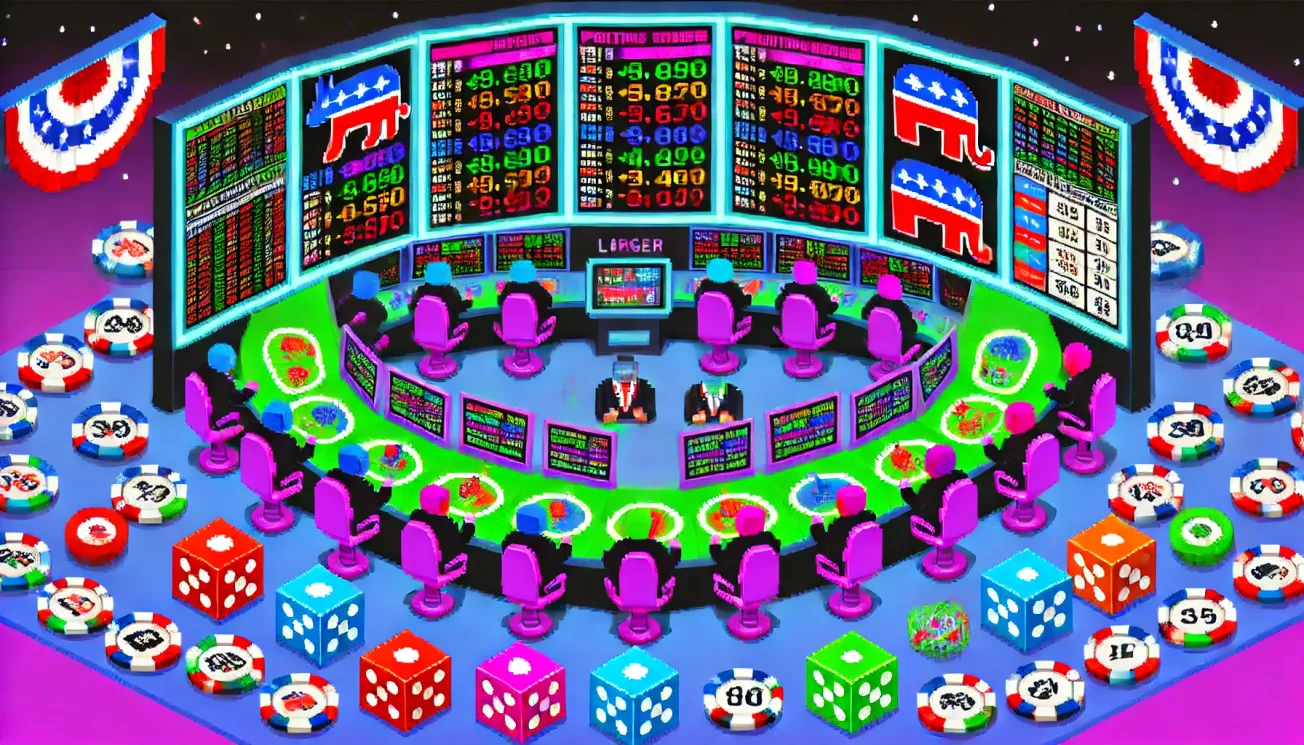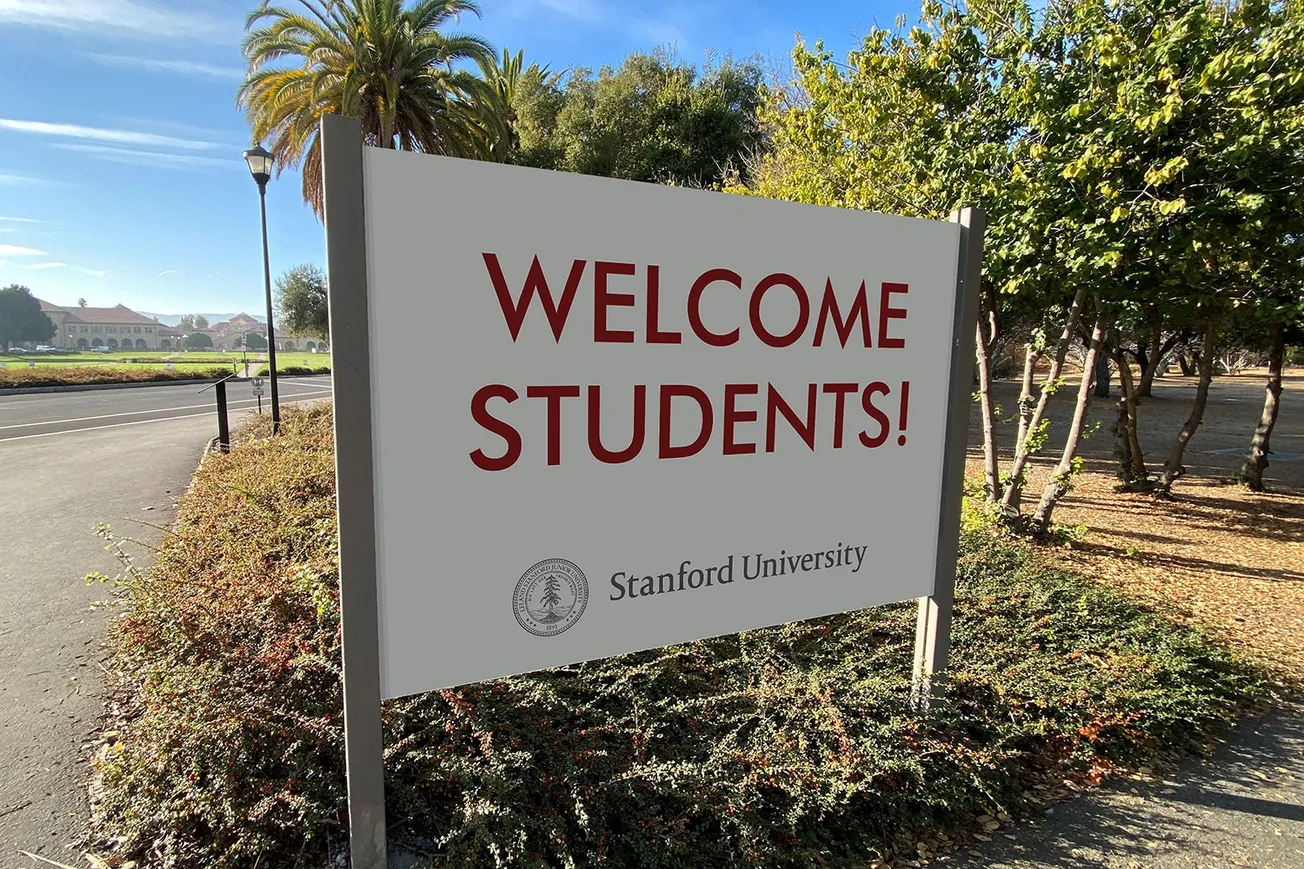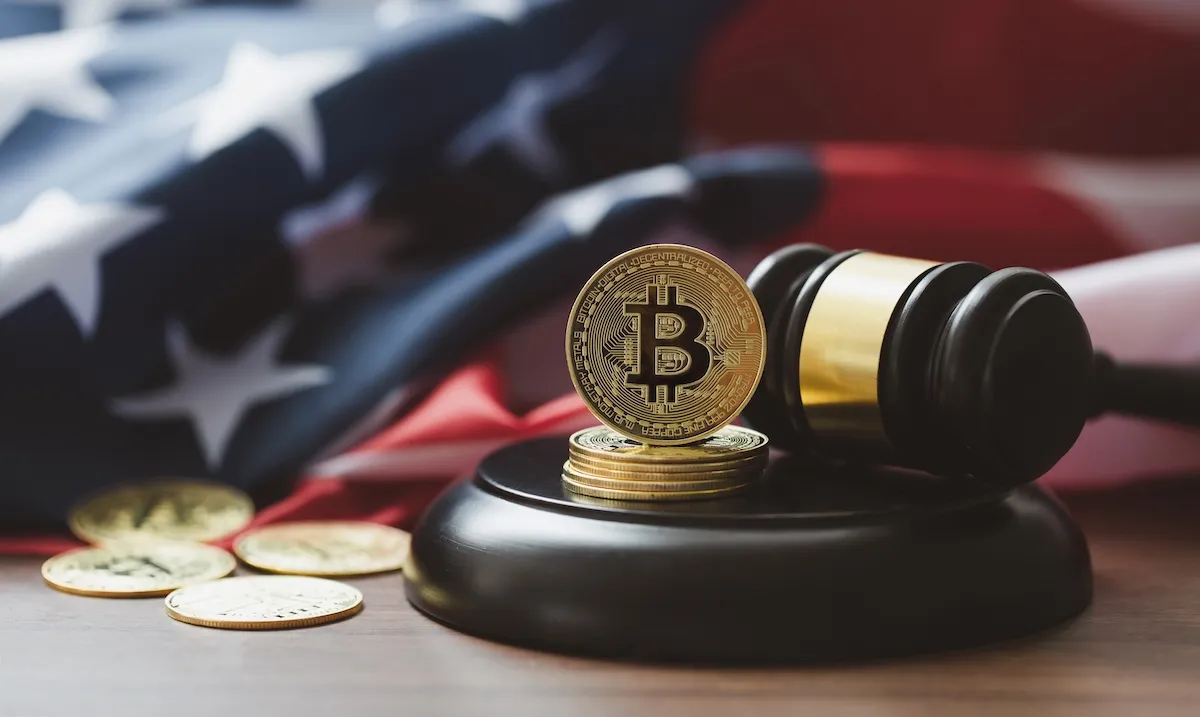Table of Contents
In landmark rulings today and earlier this month, Kalshi, a U.S.-regulated prediction market platform, won a nearly year-long court battle against the Commodity Futures Trading Commission (CFTC) to offer commercial election markets. A federal judge ruled in Kalshi’s favor, an astonishing decision that finally allows the company to offer event contracts on the outcomes of presidential elections and control of Congress—the first of their kind in the U.S. in nearly a century.
In winning this case, more was at stake than any individual company: It’s a landmark and turnaround in the broader struggle for prediction markets to be recognized for their value in forecasting and decision-making, unburdened by regulatory overreach and misunderstanding.
Prediction markets (also known as event markets or contracts) rely on collective intelligence to generate accurate forecasts. Participants buy and sell contracts based on their expectations for future events, where the price of a contract reflects the probability of that outcome. For example, a contract on whether Barack Obama will win an election may be trading YES at 59c, implying a 59% probability of winning. If Barack Obama wins the election, the contract will pay out $1, otherwise it’s worth nothing.
With enough participants, this can form a real-time market with significant informational value as it aggregates the beliefs of participants. The ideal market is general enough to attract broad interest and matter, but unusual enough not to be easily replicable with existing instruments. Most volume on prediction markets has been focused on political events like elections, but prediction markets can forecast any resolvable questions on uncertain future events. Common categories include tech, sports, business, and weather. To date the largest prediction market with the most volume is Polymarket (>$1b since inception), founded in 2020.
Not all prediction markets are public-facing. Companies like Google and Hewlett-Packard have used internal prediction markets to predict the success of projects and products more accurately than conventional methods. These internal markets leverage information and insights from employees, oftentimes breaking down cross-team barriers and bureaucracy, making them powerful tools for improving corporate decision-making.
Oftentimes with surprisingly little liquidity, prediction markets prove highly accurate and robust in the face of interference. The "wisdom of crowds" phenomenon ensures that these markets frequently outperform traditional forecasting tools like polls. For instance, the University of Iowa operates the Iowa Electronic Markets (IEM) as a research project. The IEM has consistently offered better predictions than opinion polls, particularly in political races; out of 964 polls for presidential elections from 1988 to 2004, the IEM was closer to the actual election outcome 74% of the time, oftentimes as far as 100 days before the election.
The success of prediction markets stems from their incentive structure—participants are motivated to gather and act on the best available information. Moreover, markets by their very nature aggregate diverse information from participants who have various pieces of knowledge and insights. As a result, market prices adjust in real-time as new data emerges, providing a dynamic, crowd-sourced probability of future events.
Most prediction markets (like Kalshi) are real money markets, but some notable markets are “play-money”, using in-app/website tokens with no real value. Even with weak incentives and relatively small userbases, markets like Metaculus and Manifold can be quite accurate. This information value is significant enough that people check prediction markets for real-time updates on events; some (e.g. The Base Rate Times, Polymarket, Kalshi) are building out media coverage and newsletters based on this data.
It’s worth noting prediction markets provide value beyond just forecasting—they also enhance market efficiency by allowing traders to hedge against major real-world events, such as wars, natural disasters, or political shifts. For example, companies with exposure to geopolitical risks could use prediction markets to hedge against the outcomes of international conflicts or sanctions by betting directly on questions based on those events.
For instance, companies with exposure to geopolitical risks could use prediction markets to mitigate the impact of an international conflict or sanction by placing bets on the outcomes of such events using a prediction market. Investors manage such risk today by constructing baskets of traditional financial instruments. This process is indirect and imprecise, it’s also difficult, expensive and bespoke—greatly limiting access. Prediction markets make it easy to isolate specific risks and are a valuable complement to conventional hedging strategies, helping to contain costs and filling a vital need in the status quo.
Despite their utility, prediction markets have faced extremely harsh treatment from the CFTC. To date, enforcement actions have been highly punitive and arbitrary; limiting reach, chilling innovation, and making new ventures difficult to back. The CFTC hasn’t given clear guidance, and current approaches ignore the fact that prediction markets have a substantial function as tools for information aggregation, not just speculation.
PredictIt is a prime example of CFTC overreach. Founded in 2014, it was run for nearly a decade as a nonprofit academic project that allowed participants to trade on political outcomes. It operated on a 2014 no-action letter granted by the CFTC, allowing it to operate with substantial constraints. In doing so it successfully served more than 175,000 traders and 29,000 contracts, while giving citizens new ways to express their views and providing a real-time research laboratory for political scientists. Then without warning in August 2022, the commission revoked its no-action letter and ordered a shutdown in 6 months.
No specific reasons were given, and there was no process for appeal. The CFTC’s decision was arbitrary without clear evidence of harm. It deprived academics and political forecasters of a valuable tool for real-time analysis. Fortunately, a group of PredictIt traders and providers successfully won an injunction (Clarke v. CFTC) in 2023 after a series of appeals, but the level of arrogance displayed is astonishing. The commission said it owed no explanation and wasn’t subject to review of any kind, including by the courts. While PredictIt can now keep operating as a small, tightly regulated prediction market, the enforcement action created a chilling effect.
Polymarket was also the victim of similar enforcement. They use the Polygon blockchain to operate decentralized, global, and real-time event markets that are fee-free. (This innovation has become one of the most compelling use cases for consumer crypto). With little warning, the CFTC classified Polymarket as a swap execution facility, retroactively fining them $1.4M and banning them in the US, nearly killing the company.
Kalshi’s enforcement actions similarly demonstrate the arbitrary and punitive approach to regulation the commission has taken. Despite proactive engagement on Kalshi’s part to seek clarity and achieve compliance, the commision voted 3-2 in an attempt to ban ALL election event trading; under a provision giving them the authority to regulate gaming. This included sports, yet the ban would leave sports betting apps like FanDuel and DraftKings in place (no doubt thanks to their extensive lobbying efforts).
Comparisons to gaming and gambling are fundamentally flawed. Gambling is based purely on chance, such as betting on roulette. Prediction markets, by contrast, are driven by informed decision-making. Far from being speculative games of chance, prediction markets reward skill and research, with participants incentivized to gather information that's reflective of real-world data and events.
Another key argument the CFTC raises against prediction markets—particularly those involving elections—is that they could undermine the integrity of democratic processes. The CFTC has expressed concerns that large financial incentives might influence voter behavior or even the outcomes themselves. However, these concerns are unfounded. Liquid election betting markets, such as Polymarket (officially banned in the US thanks to the CFTC) have proven highly resistant to manipulation; that’s why they are so accurate.
One remarkable example of this robustness is when a coordinated group of traders spent upwards of $2.5M attempting to drive up the odds of a Kamala Harris win in Polymarket's main 2024 election market. They failed spectacularly and were unable to change odds for more than a few hours.
Legal event contracts in the US require bans on manipulation and insider trading to protect users. Platforms have strong incentives to do this regardless, but bringing grey-markets into the fold can improve the user experience by mandating standards that improve consistency and integrity. Other countries, like the UK, have successfully operated prediction markets for decades without undermining election sanctity. On the contrary, such markets have increased trust by providing clear, accurate, and reliable sources of truth.
Ultimately, prediction markets have the potential to become indispensable tools, not just for traders but for society as a whole. As new platforms continue to innovate, policymakers must reevaluate the regulatory framework to foster innovation and drive adoption. Congress and the courts should either formally carve out exemptions for the space (as was done with sports betting in 2018), or rein in the CFTC.
Kalshi’s recent victory in the space is resounding, the regulatory tides have finally begun to shift for prediction markets. With a legal green light, event contracts can thrive free from overreach, while offering powerful tools for reshaping the future of decision-making.









